Theory
My theory is that by reducing the boiling point of your ejuice, you can reduce the atty temperature needed to achieve a satisfying vape. I.e. keeping under 410f we can avoid the carcinogens that were proposed by the Wang Study. This could potentially help VW mod users as well. Theoretically, getting meaningful vapor at a lower temperature would require less wattage.
I mixed the following juices:
Test Conditions:
The Mod being used is a DNA250 that I built myself. Accuracy of the mod was checked by using a NIST traceable thermocouple/meter. Calibration Data can be seen in this post. I measured at a variety of temperature settings. Each reading was repeated twice. I have screen captures of all 10 datapoints if anyone desires validation. Here are the results.
The atty being used is Merlin RTA with a 3mm coil, 5/6 wrap, of 26awg SS430, using the TCR from the Steam-Engine site. This atty was primarily chosen as its design allowed me to place a thermocouple directly on the coil, and then assemble it normally to get a real life vape, for determination of Mod/coil accuracy.
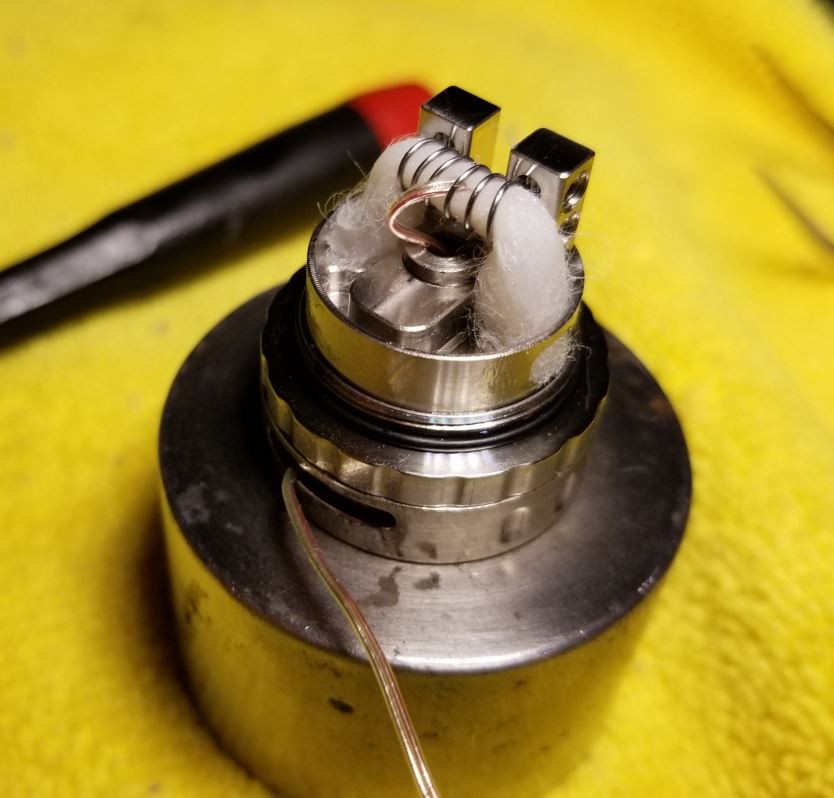
Juice ingredients:
Atty was rinsed in between samples. Several hits taken (as many as it took to get a normal vape) to flush the new juice into the wick before starting the test.
Test Results
Now keep in mind that was a subjective test. It was "my" opinion of what was satisfying or not. Your mileage may vary.
Minimal Vapor = Barely enough for a MTL hit, possibly would satisfy tootle puffers
Meaningful Vapor = Enough vapor for a decent, but not strong hit.

I was surprised that the Burnt Hit started at 505 on all juices. I guess thats when the bad stuff in VG became noticeable to me.
I was surprised that I liked the 75/25 as much as I did. I have been a 50/50 guy for years, usually set at 420, but the 75/25 gave me a damn fine hit at 390. I also see why the cloud chasers like VG so much, while it lacked that little something to satisfy me (probably TH) it did give dense vapor.
Anyway, if you believe the Wang Study and want to be in safer temperature ranges, lower the boiling point of your juice. If you dont know whats in your juice, try DIY or switch to something that has better labeling.
This works for VW folks too. A lower boiling point juice means that you can lower your wattage. If you can lower your wattage, you are also (more than likely) running lower temperatures. If you can run juice "A" at a lower wattage than juice "B", then juice "A" is probably a lower boiling point.
At some point in this thread someone raised the point of how much negative pressure were we pulling inside the chamber with our draws, and if that might affect the boiling point of our liquids. So I decided to test it......
Test was performed on a Merlin RTA, other attys with a smaller chamber might have "slightly" more vacuum.
The range of vacuum being pulled by what "I" consider an average MTL hit was -.03psi to -.07psi. With the afc ring open I got -.04 on average, with the AFC closed off to minimum usable level I got -0.06 average. Not enough to even have a quarter degree effect on the boiling point.
The range of vacuum being pulled by what "I" consider an average DL hit was -0.25psi to -0.41psi, with the AFC ring wide open. A vacuum that small is not likely to affect the boiling point of an eliquid by enough to even consider., maybe 1 degree at most - if that.
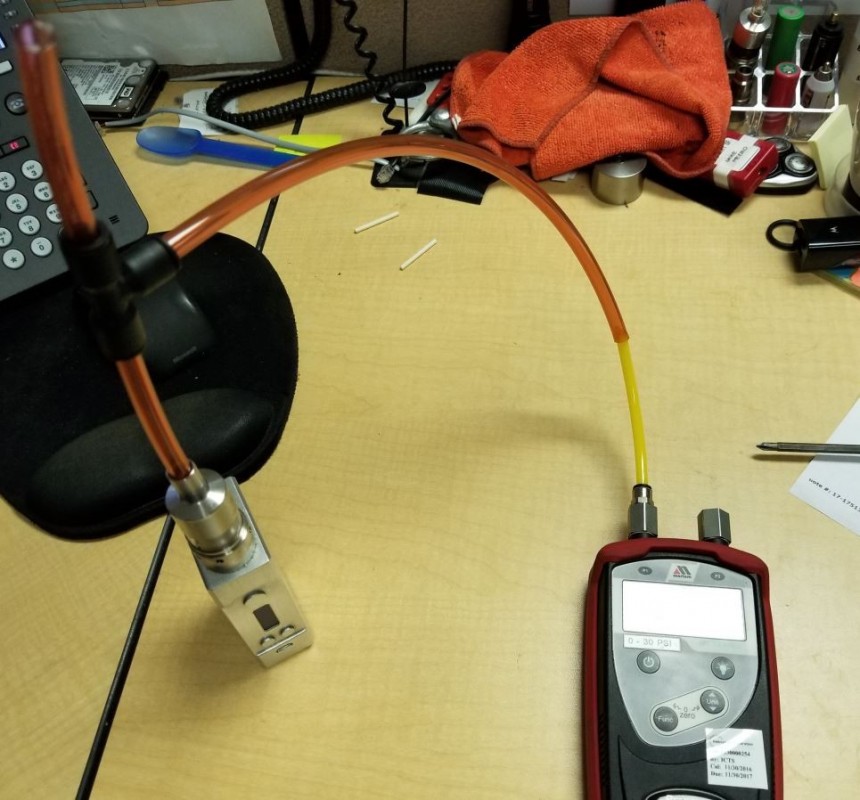
Instrument was a Meriam M1 Series Digital Manometer, 0-832"H2O differential pressure (30PSI), capable of accurately measuring vacuum:
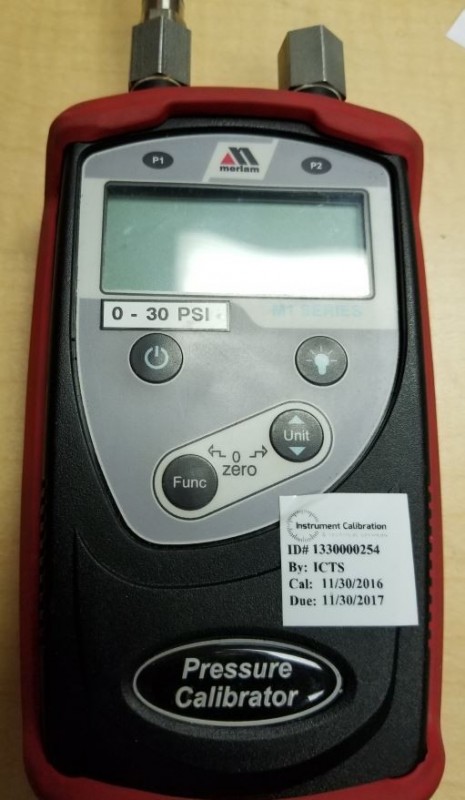
Instrument was accurate and traceable back to the NIST.
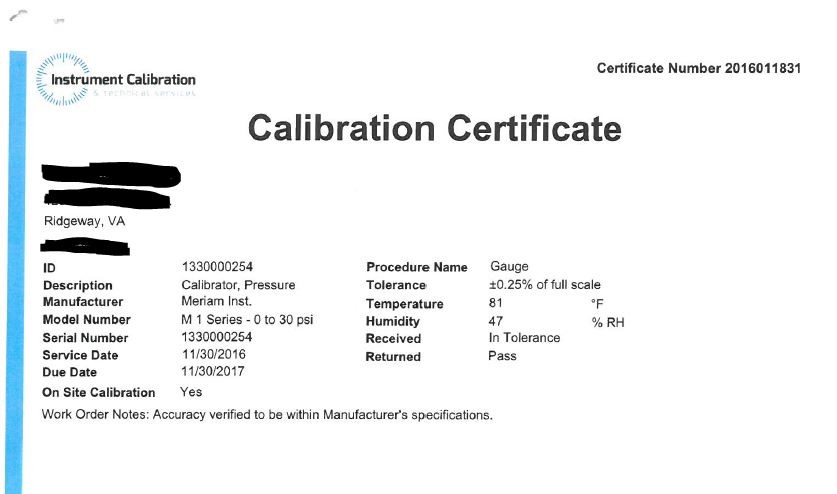
For reference:
Boiling Point Charts:
Boiling point of pure nicotine: 477 °F
Boiling point of VG and Water

© Home | atmoslab.com
Boiling point of PG and Water

© Unknown
Blue Line is the Boiling point of various PG/VG ratios (No Nic)
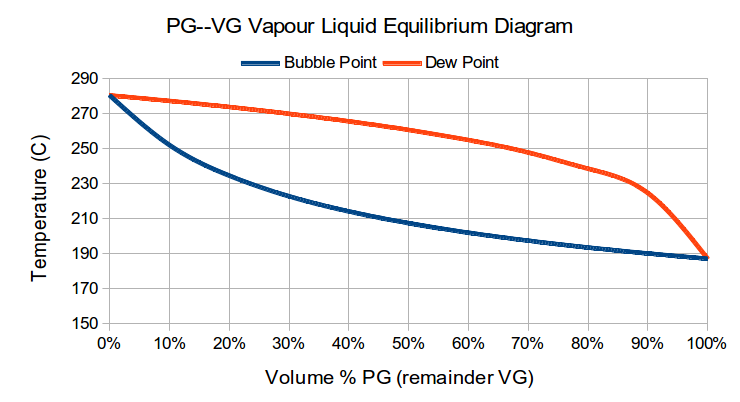
© loafers_glory
©2017 Mike Petro. This is an open access article distributed under the terms of the Creative Commons Attribution License, which permits unrestricted use, distribution, and reproduction in any medium, provided the original author and source are credited.
My theory is that by reducing the boiling point of your ejuice, you can reduce the atty temperature needed to achieve a satisfying vape. I.e. keeping under 410f we can avoid the carcinogens that were proposed by the Wang Study. This could potentially help VW mod users as well. Theoretically, getting meaningful vapor at a lower temperature would require less wattage.
I mixed the following juices:
- 100% vg
- 90%vg and 10% H20
- 50/50 pg/vg
- 75/25 pg/vg
- The start of minimal vapor
- A meaningful amount of vapor
- The beginnings of a burnt tasting hit
- I listed the boiling point of each mixture for correlation.
Test Conditions:
The Mod being used is a DNA250 that I built myself. Accuracy of the mod was checked by using a NIST traceable thermocouple/meter. Calibration Data can be seen in this post. I measured at a variety of temperature settings. Each reading was repeated twice. I have screen captures of all 10 datapoints if anyone desires validation. Here are the results.
- DNA set at 300, Thermocouple measured 307
- DNA set at 350, Thermocouple measured 349
- DNA set at 400, Thermocouple measured 393
- DNA set at 450, Thermocouple measured 442
- DNA set at 500, Thermocouple measured 485
- DNA set at 550, Thermocouple insulation melted before reading could be obtained
The atty being used is Merlin RTA with a 3mm coil, 5/6 wrap, of 26awg SS430, using the TCR from the Steam-Engine site. This atty was primarily chosen as its design allowed me to place a thermocouple directly on the coil, and then assemble it normally to get a real life vape, for determination of Mod/coil accuracy.

Juice ingredients:
- Essential Depot PG
- Essential Depot VG
- E-liq brand nicotine - diluted to 36mg/ml in all test samples
- Supermarket brand Distilled Water
Atty was rinsed in between samples. Several hits taken (as many as it took to get a normal vape) to flush the new juice into the wick before starting the test.
Test Results
Now keep in mind that was a subjective test. It was "my" opinion of what was satisfying or not. Your mileage may vary.
Minimal Vapor = Barely enough for a MTL hit, possibly would satisfy tootle puffers
Meaningful Vapor = Enough vapor for a decent, but not strong hit.
I was surprised that the Burnt Hit started at 505 on all juices. I guess thats when the bad stuff in VG became noticeable to me.
I was surprised that I liked the 75/25 as much as I did. I have been a 50/50 guy for years, usually set at 420, but the 75/25 gave me a damn fine hit at 390. I also see why the cloud chasers like VG so much, while it lacked that little something to satisfy me (probably TH) it did give dense vapor.
Anyway, if you believe the Wang Study and want to be in safer temperature ranges, lower the boiling point of your juice. If you dont know whats in your juice, try DIY or switch to something that has better labeling.
This works for VW folks too. A lower boiling point juice means that you can lower your wattage. If you can lower your wattage, you are also (more than likely) running lower temperatures. If you can run juice "A" at a lower wattage than juice "B", then juice "A" is probably a lower boiling point.
At some point in this thread someone raised the point of how much negative pressure were we pulling inside the chamber with our draws, and if that might affect the boiling point of our liquids. So I decided to test it......
Test was performed on a Merlin RTA, other attys with a smaller chamber might have "slightly" more vacuum.
The range of vacuum being pulled by what "I" consider an average MTL hit was -.03psi to -.07psi. With the afc ring open I got -.04 on average, with the AFC closed off to minimum usable level I got -0.06 average. Not enough to even have a quarter degree effect on the boiling point.
The range of vacuum being pulled by what "I" consider an average DL hit was -0.25psi to -0.41psi, with the AFC ring wide open. A vacuum that small is not likely to affect the boiling point of an eliquid by enough to even consider., maybe 1 degree at most - if that.

Instrument was a Meriam M1 Series Digital Manometer, 0-832"H2O differential pressure (30PSI), capable of accurately measuring vacuum:

Instrument was accurate and traceable back to the NIST.

For reference:
Boiling Point Charts:
Boiling point of pure nicotine: 477 °F
Boiling point of VG and Water

© Home | atmoslab.com
Boiling point of PG and Water
© Unknown
Blue Line is the Boiling point of various PG/VG ratios (No Nic)

© loafers_glory
©2017 Mike Petro. This is an open access article distributed under the terms of the Creative Commons Attribution License, which permits unrestricted use, distribution, and reproduction in any medium, provided the original author and source are credited.

